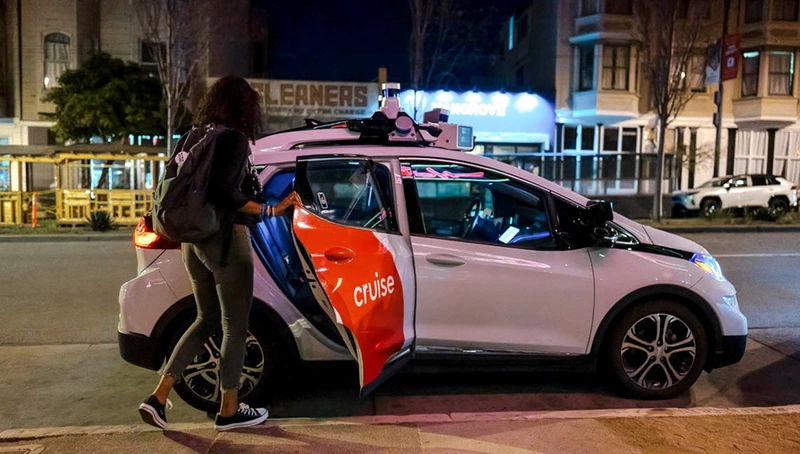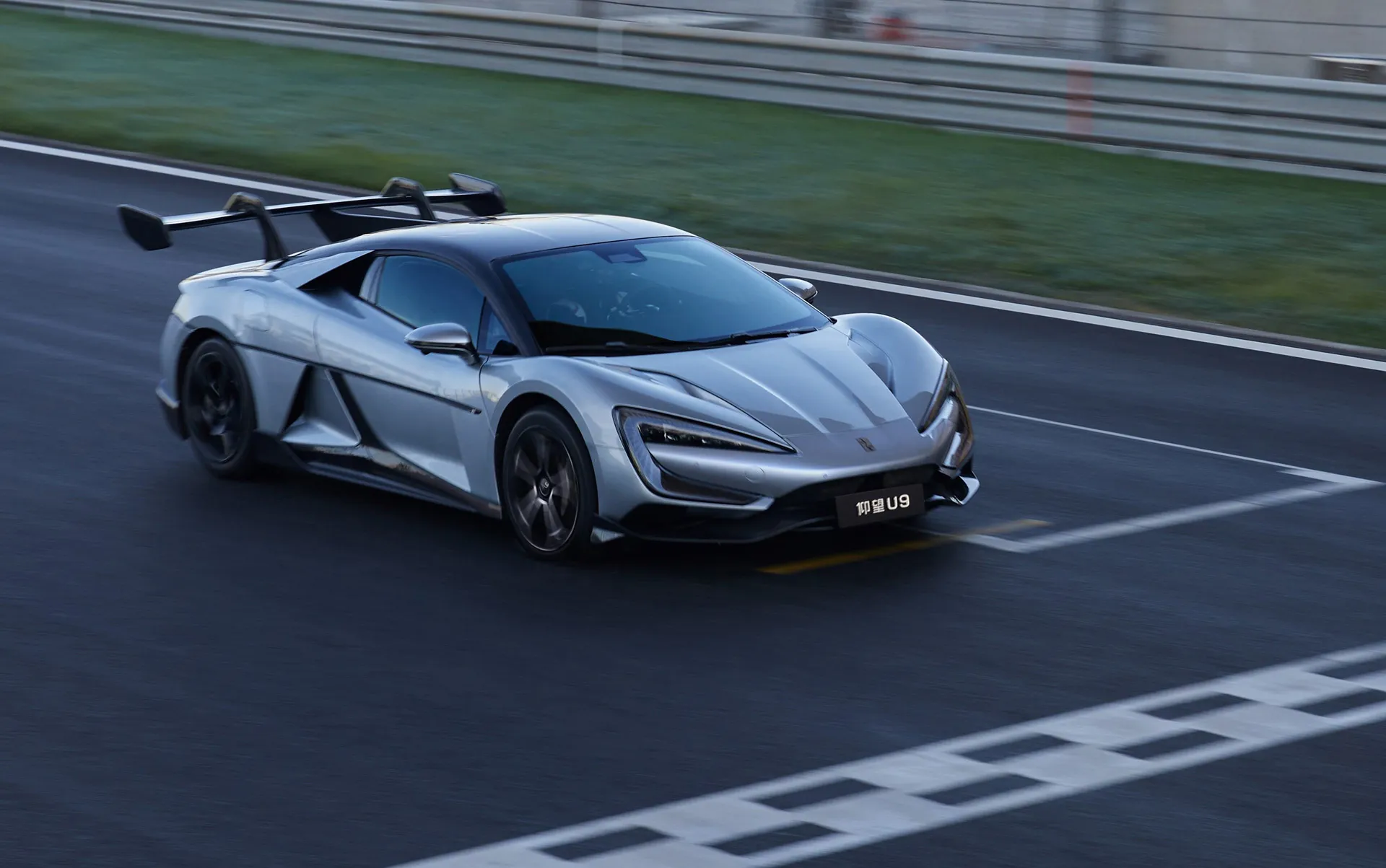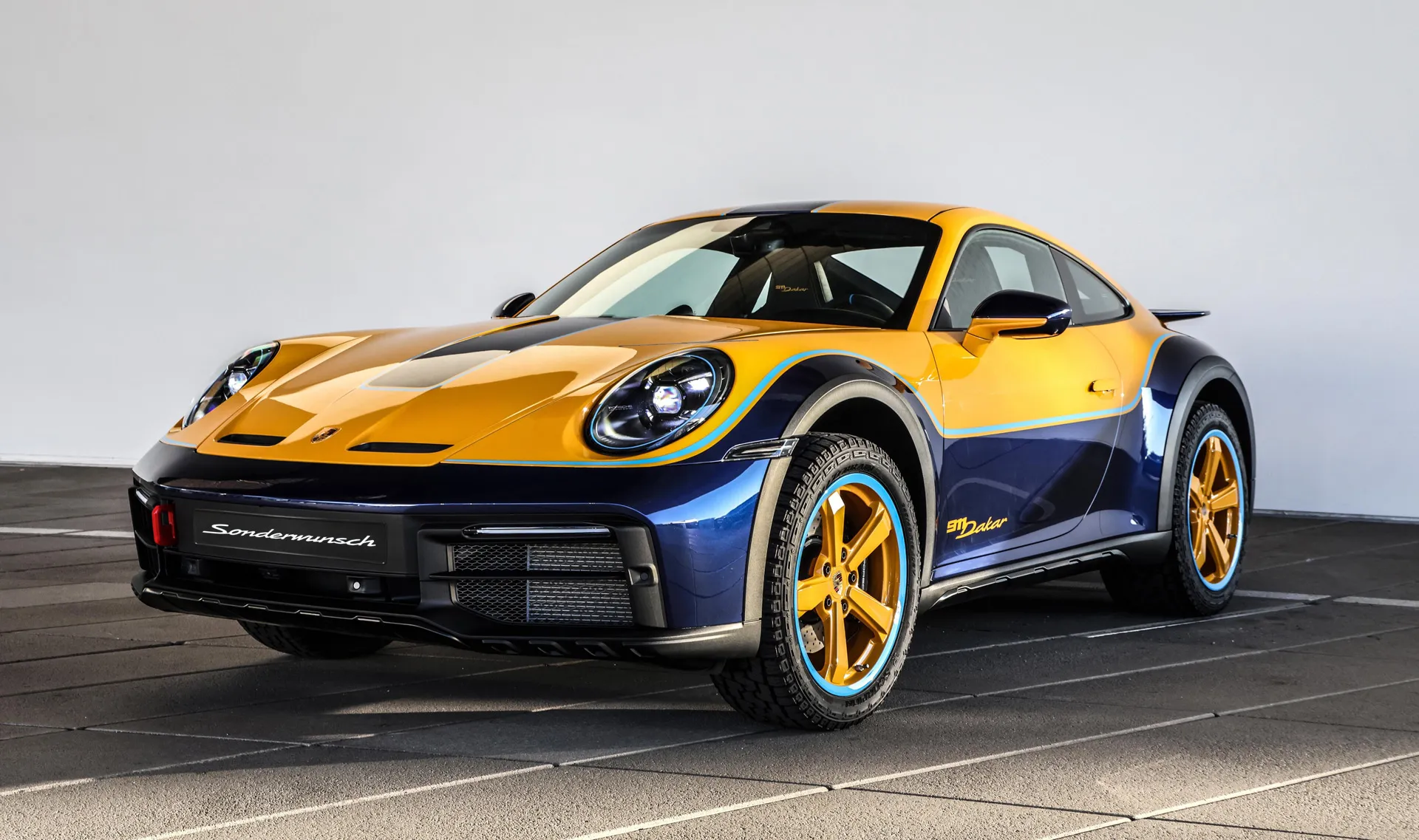Cruise, San Francisco allows unmanned cabs to charge fares.

Cruise has been gradually allowing the public to ride in its driverless cabs on San Francisco streets since February, but until now has not been able to charge a fee.
The self-driving technology startup, whose principal shareholder is General Motors, last week received permission from the California Public Utilities Commission to begin charging for rides. Those who want to ride in Cruise's unmanned cabs still need to sign up on the company's website and wait for an invitation.
Commercialization of the service is a major milestone for the company, which was founded in 2013. However, it will be some time before Cruise's unmanned cabs are driving around San Francisco.
Cruise currently has a permit to operate 52 so-called robot cabs in the city, but they can only operate between the hours of 10 pm and 6 am. Travel speeds are limited to 30 mph and they cover only certain areas of the city, skipping downtown areas like the Market Street business district.
Because of the limited areas in which they can operate, the Cruz vehicles rank at Level 4 on the SAE scale of automated driving capability. The ultimate goal is Level 5, where driverless vehicles will be able to drive at the same level as human drivers. Level 5 may be a decade or more away, but companies are already offering commercial services using Level 4 vehicles. Alphabet's Waymo One service has been operating in parts of Phoenix, Arizona, for the past three years, and China's Baidu launched its Apollo Go service in Beijing last year. [Cruise's unmanned cabs are based on the Chevrolet Bolt EV. Eventually, Cruise plans to switch to using its own shuttle vehicle, called Origin, whose design was first unveiled in early 2020. In addition to transporting passengers, Cruise is also looking to deliver goods. The company is working closely with retail giant Wal-Mart, one of its investors, to test delivery services.


